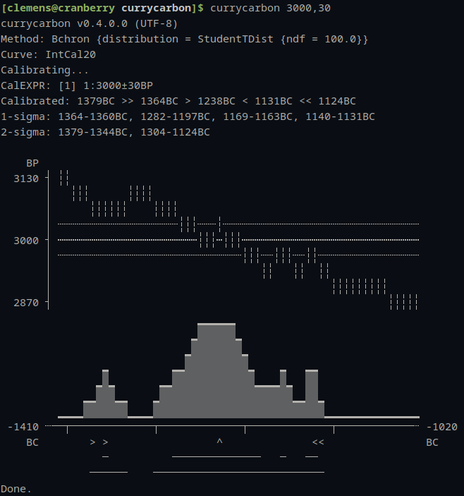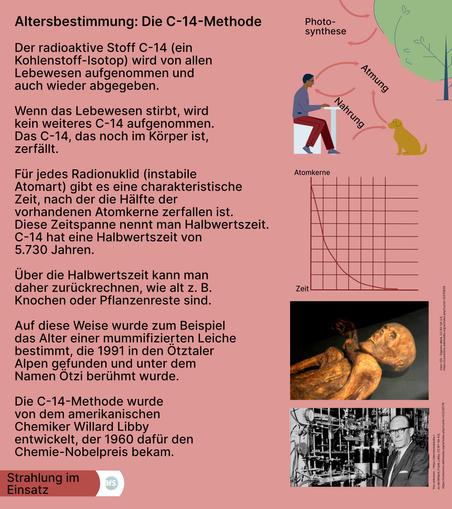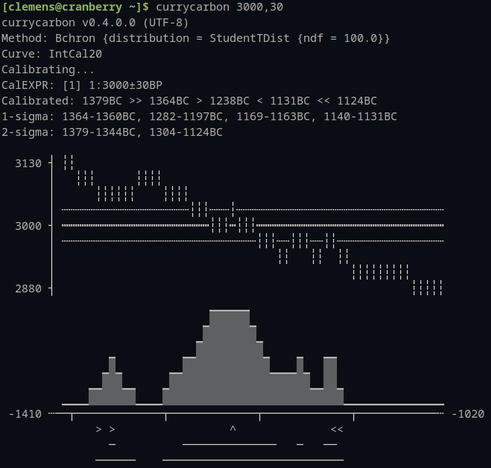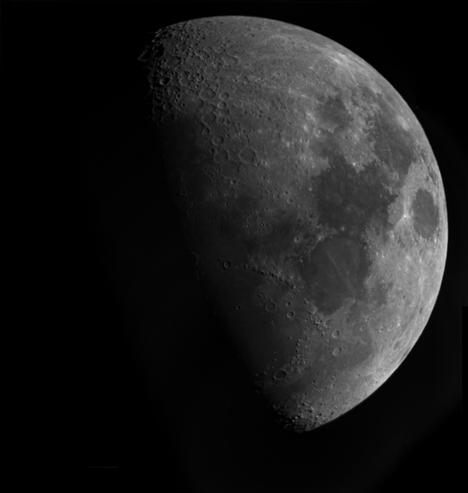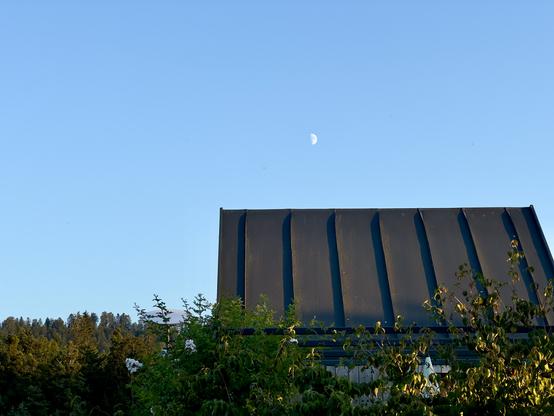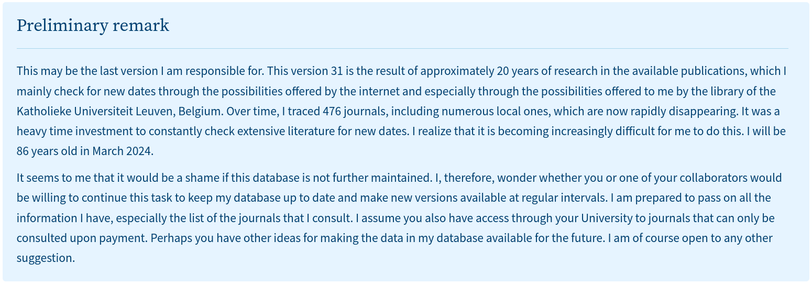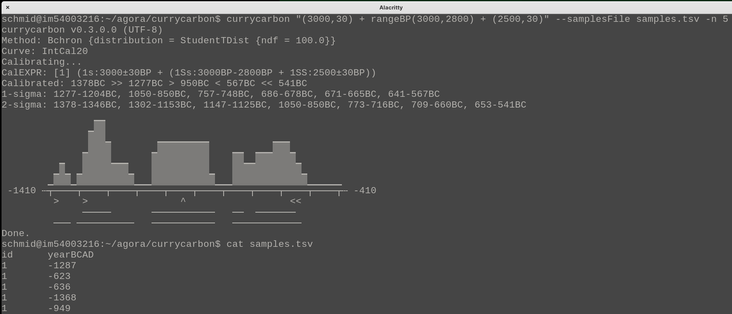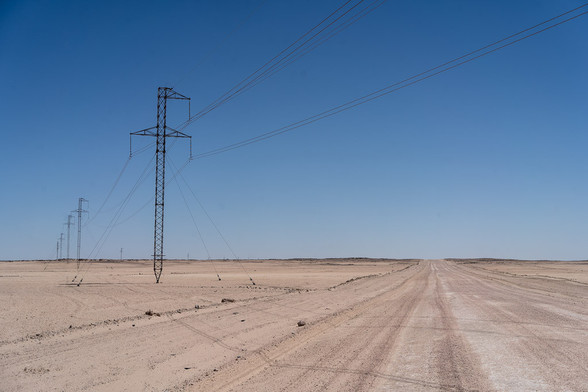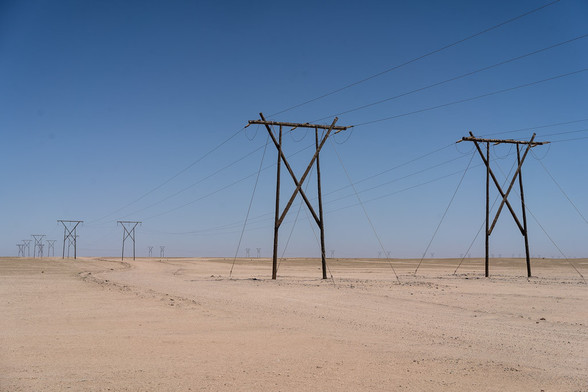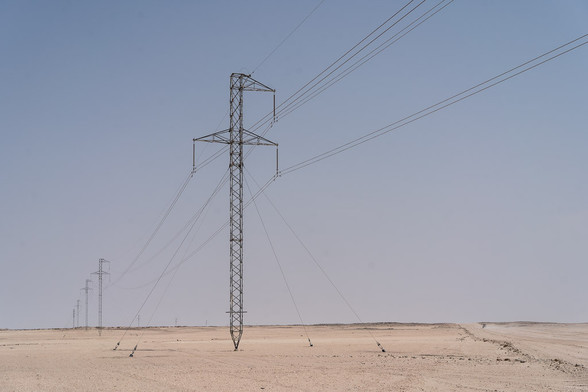Skara Brae
Historic Environment Scotland, Statement Of Significance, Skara Brae
“The excavated remains of Skara Brae, as currently presented, consist of a tightly clustered grouping of stone-built structures connected by narrow passageways. The structures, many of which are interpreted as houses, have internal fittings of stone. There were two main phases of building and occupation in the development of the settlement, with a gap relating to the probable abandonment of the settlement due to inundation by sand.
Individual buildings were, at first, freestanding, with open passageways between them. Some of the passageways were subsequently roofed over, creating the passages visible today.
Skara Brae was occupied at various times – not continuously – from the late fourth Millennium to the mid-third millennium BC (with sporadic activity after that). Recent Bayesian modelling of radiocarbon dates has indicated that while occupation on the site started at some time between 3360 and 3160 cal BC (with the inhabitants using pottery that was probably round-based: Phase 0), the earliest houses that survive today (Phase 1) were constructed in the early third millennium BC (from 2920–2885 Cal BC).
After less than a century of occupation – possibly as short a period as 50 years, that means two generations – the settlement seems to have been abandoned (probably as a result of inundation by sand), around 2870–2760 cal BC. It was then reoccupied, with new houses being built and some old houses being remodelled (early House 7, for example), within the time frame of 2840–2685 cal BC and remained in use until 2545–2440 cal BC. After its abandonment, there are hints of ‘squatting’-like activity at various times including the Iron Age (as demonstrated by, amongst other things, a horse tooth bead radiocarbon dated to 170 cal BC–cal AD 10, SUERC-40339, 2060±30 BP).
Activity after the settlement’s abandonment also included the deposition of human remains at various times, with some of the disarticulated bones found during the nineteenth century having recently been radiocarbon dated (for Whittle and Bayliss’ The Times of Their Lives project and for Rick Schulting) to the late third to early second millennium BC – the time when beaker pottery was in use in Orkney."
Whatever happened through the 3rd millennium BC, the data, as expressed here shows a surprisingly clear separation between the occupation of Skara Brae before 3000BC, and the development after, again suggesting that something happened at that date affecting how the inhabitants of Orkney could live.
#neolithic #archaeology #prehistory #skarabrae #Skara #Brae #C14 #Orkney
#c14
currycarbon v0.4.0.0 is finally available. This version comes with a number of visible and invisible changes, most obviously an extension of the neat command line plot. This version is again available for MS Windows.
https://github.com/nevrome/currycarbon
#archaeology #Haskell #C14
In der Archäologie ist immer wieder #StrahlungImEinsatz. Am bekanntesten ist vielleicht die C-14- oder auch Radiokarbon-Methode. Hier macht man sich den radioaktiven Zerfall von Kohlenstoff-14 zunutze, um das Alter von Knochen oder Pflanzenresten zu bestimmen.
Wisst ihr, welche berühmte Mumie auf diese Weise analysiert wurde? In der Bilderstrecke findet ihr es heraus.
#C14 #radiokarbonmethode #strahlung #radioaktivitität #archäologie #ötzi #geschichte
After a long while I prepared a new release of c14bazAAR, our #archaeology #Rstats package for accessing bulk #C14 data.
This release finally includes a getter function for an up-to-date version of the huge xronos database: https://xronos.ch
This was possible thanks to active support and code by Martin Hinz (https://www.martinhinz.info) and @joeroe. Let me know if you also have a radiocarbon database you would like to see integrated in c14bazAAR!
Donbass, Kursk y la retaguardia https://slavyangrad.es/2025/01/15/31350/ @nsanzo #EjércitoUcraniano #EstadosUnidos #Zelensky #Donbass #Ucrania #Lavrov #Armas #Kursk #Rusia #Trump #OTAN #C14
I recently have started to casually work on another update for my #archaeology #C14 calibration #Haskell library and command line tool currycarbon (https://github.com/nevrome/currycarbon).
I would like to add a plot element that shows the calibration curve above the post-calibraton density distribution. What do you think about this attempt? Specifically: Is anything important missing?
Scientists untangle the challenging complexities of radiocarbon in ice cores. This research has implications for interpreting isotopic measurements of carbon containing gases such as CO (carbon monoxide), carbon dioxide (CO2) and methane (CH4) extracted from past air trapped in the firn layer or deeper in ice core bubbles. #C14 #radiocarbondating #carbon #icecores #water https://phys.org/news/2024-10-scientists-untangle-complexities-radiocarbon-ice.html
Scientists untangle the challenging complexities of radiocarbon in ice cores. This research has implications for interpreting isotopic measurements of carbon containing gases such as CO (carbon monoxide), carbon dioxide (CO2) and methane (CH4) extracted from past air trapped in the firn layer or deeper in ice core bubbles. #C14 #radiocarbondating #carbon #icecores #water https://phys.org/news/2024-10-scientists-untangle-complexities-radiocarbon-ice.html
Mond heute Abend. Aufgenommen mit einen Celestron SC14 und einer ZWO ASI432MM Kamera. Mosaik bestehend aus 8 Einzelbildern . Jede Aufnahme besteht aus rund 900 Frames. Aufgenommen mit ASICap, stacking mit ASIVideoStack, stiching mit PTGui, Nachbearbeitung mit Lightroom.
#moon #astrofotography #celestron #c14 #nightsky
I did a little maintenance work on c14bazAAR today (https://github.com/ropensci/c14bazAAR). Among the databases it allows to download there is one called the "Radiocarbon Palaeolithic Europe Database" (https://ees.kuleuven.be/en/geography/projects/14c-palaeolithic). A little disclaimer on the website caught my attention 😢. Maybe there is somebody here working in the Palaeolithic and ready to take over this great resource. #archaeology #opendata #paleolithic #c14
Des chercheurs réussissent pour la première fois à dater avec précision un habitat préhistorique vieux de 7 000 ans grâce aux rayons cosmiques
https://decouvertes-archeologiques.blogspot.com/2024/05/des-chercheurs-reussissent-pour-la.html
#archéologie #dendrochronologie #préhistoire #arbre #science #radiocarbone #carbone #C14 #datation #Balkans #chronologie
Astrofoto: Caldwell 14 – 01/24 https://astrocamp.eu/caldwell-14-01-24/
Der erste Foto mit Vollformat-Sensor an meinem VIXEN VC200L. Der Doppelcluster Caldwell 14. #C14 #Caldwell14 #Melotte13 #Melotte14 #NGC869 #NGC884 #clearskies
Astrophoto: Caldwell 14 – 01/24 https://astrocamp.eu/en/astrophoto-caldwell-14-01-24/ The first photo with a full-frame sensor on my VIXEN VC200L. The Double Cluster Caldwell 14. … #C14 #Caldwell14 #Melotte13 #Melotte14 #NGC869 #NGC884 #clearskies
78 – Die Radiocarbonmethode – wissen wie alt Knochen sind
Heute wollte Bennson wissen, was die C-14 oder Radiocarbonmethode ist und wie sie funktioniert. Wie wissen Archäologen wie alt ihre Funde sind?
https://www.deepunddoof.de/index.php/2023/12/17/78-die-radiocarbonmethode-wissen-wie-alt-knochen-sind/
#Episode #Archologie #BennsonsFrage #Brettspiele #C14 #Physik #Radiocarbonmethode #Zipfelbund
I published a new major version of currycarbon, my #Haskell library and CLI tool for simple and convenient #C14 age calibration.
v0.3.0.0 allows to draw age samples for each calibration expression, supports uniform age ranges (e.g. from contextual dating beyond C14) and features various interface improvements both for the in- and the output. Some of them are unfortunately breaking changes, but I hope for the better.
See the new executable and a changelog here: https://github.com/nevrome/currycarbon/releases/tag/v0.3.0.0
…
- El rètol sols en castellà de “Red de carreteras del estado español” que no falti, no sigui cas… 🙄
#TLDR:
S'agraeix la infraestructura, ajudarà a reduir considerablement el trajecte #Valls-#Montblanc (des dels 20-30 minuts de l'actual #N240 o #C37+#C14, a uns 10 amb l’#A27); però ho fa amb retard, passant-se de pressupost, no arribant fins a on havia d'arribar i amb l'estil jank i caòtic que l'A-27 ja ens té acostumats.
Die Sonne ist nicht so ruhig, wie sie oft scheint. Baumringe zeigen einen gigantischen Sonnensturm vor 14 300 Jahren. So ein Ereignis würde heute jahrelanges Chaos verursachen.
Die Sonne ist keineswegs so ruhig wie sie oft scheint. Baumringe zeigen einen gigantischen Sonnensturm vor 14 300 Jahren. So ein Ereignis würde heute jahrelanges Chaos verursachen.#Sonnensturm #Koronaler #Massenauswurf #Sonne #Polarlichter #Eiszeit #Miyake #Ereignis #ältereDryas #Kiefern #Fossil #Baumringe #C-14 #14C #Be-10 #10Be #Astronomie
Größter bekannter Sonnensturm traf die Erde am Ende der Eiszeit
